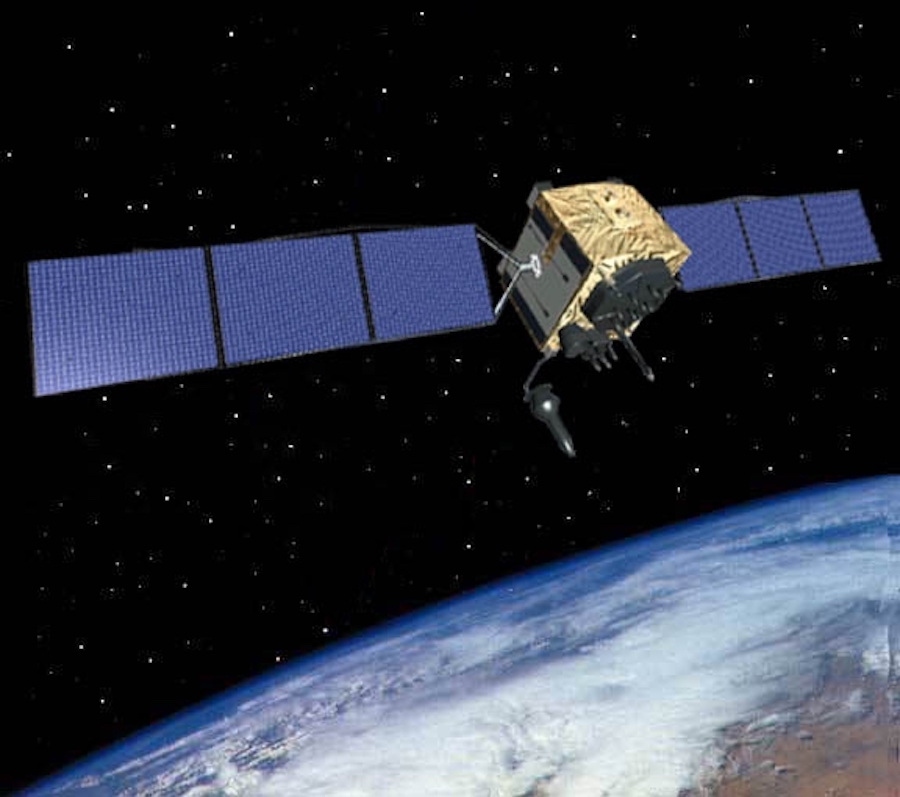Each year, about 2 kg of the rare isotope of helium gas, i.e., helium-3, escapes from Earth’s interior. Helium-3 is believed to be ancient- reated shortly after the Big Bang and acquired from the solar nebula as the Earth formed.
A recent study suggests Earth’s core is leaking Helium-3, adding evidence that Earth formed inside a solar nebula, which has long been debated. The study designates the Earth’s core as a significant source of helium-3 on the Earth.
As a planet grows, it accumulates material from its surroundings, so its composition reflects the environment in which it formed. To get high concentrations of helium-3 deep in the core, Earth would have had to form inside a thriving solar nebula, not on its fringes or during its waning phase.
The study added further clues to the mystery surrounding Earth’s formation, lending additional evidence to the theory that our planet formed inside the solar nebula.
Lead study author Peter Olson, a geophysicist at the University of New Mexico, said, “About 2,000 grams of helium-3 leak out of the Earth every year, about enough to fill a balloon the size of your desk. It’s a wonder of nature, and a clue for the history of the Earth, that there’s still a significant amount of this isotope in the interior of the Earth.”
To estimate the abundance of primordial Helium-3 in the core and track the rate of Helium-3 exchange between the core and mantle, scientists modeled helium through Earth’s history. They mainly considered two key stages: early formation, when the planet was accumulating helium, and following the formation of the Moon, after which helium was lost.
The model offers evidence that an object one-third the size of the Earth hit the planet early in its history, around 4 billion years ago. That impact would have re-melted the Earth’s crust, allowing much of the helium to escape. The gas continued to escape.
Scientists also estimated between 10 teragrams (1013 grams) to a petagram (1015 grams) of helium-3 in the core.
Olson said, “This vast quantity points to Earth’s formation inside the solar nebula, where high gas concentrations would have allowed it to build up deep in the planet.”
Scientists are further planning to look for other nebula-created gases, such as hydrogen, leaking in similar rates and locations as helium-3 could be a ‘smoking gun’ for the core as the source.
Journal Reference:
- Peter L. Olson et al. Primordial Helium-3 Exchange Between Earth’s Core and Mantle. DOI: 10.1029/2021GC009985
Note: This article have been indexed to our site. We do not claim legitimacy, ownership or copyright of any of the content above. To see the article at original source Click Here













